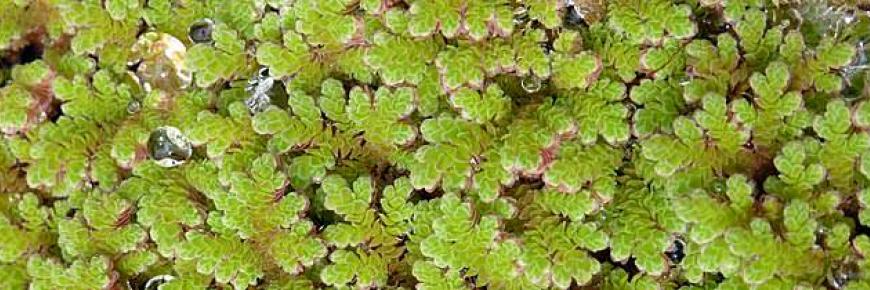The Final RINSE Best Practice Workshop
Last week, RINSE Partner, CPIE Val d'Authie, hosted the final Best Practice Workshop on titled “Catchment-level Strategies for the Management of Invasive Non-native Species” in Montreuil sur Mer.
Eight speakers joined the RINSE workshop on Day One representing a wide range of organisations from France, Belgium and England. Presentations introduced delegates to different catchment-level strategies for a variety of invasive non-native species American mink, floating pennywort and Himalayan balsam.
The presentations were followed by a lively Q & A session allowing the fifty attendees to discuss these examples in more detail which brought to light some interesting issues. For example, it was highlighted that the different regulations in place for each country posed a potential barrier. This will only become more important following the recent vote on the European Strategy for invasive non-native species which will require member states to take action and in doing so undoubtedly enhance cross-border exchanges for many species.
 The following day took delegates into the countryside of France to visit a site invaded by giant hogweed, an invasive plant which poses its own management issues given its hazardous properties. The site visit gave delegates an opportunity to learn more about specific management strategies for this invasive, hazardous plant, while continuing to network with participants.
The following day took delegates into the countryside of France to visit a site invaded by giant hogweed, an invasive plant which poses its own management issues given its hazardous properties. The site visit gave delegates an opportunity to learn more about specific management strategies for this invasive, hazardous plant, while continuing to network with participants.
This two day workshop was a great success and brings to a close the Best Practice Workshop series by RINSE. The success of the workshop was made possible first by the RINSE partnership which put together a rich programme of speakers across the border, and secondly by the CPIE’s team and volunteers who were vital in the organisation and running of the event; a big thank you to those who contributed.
Image: Giant hogweed - RPS Group Plc

